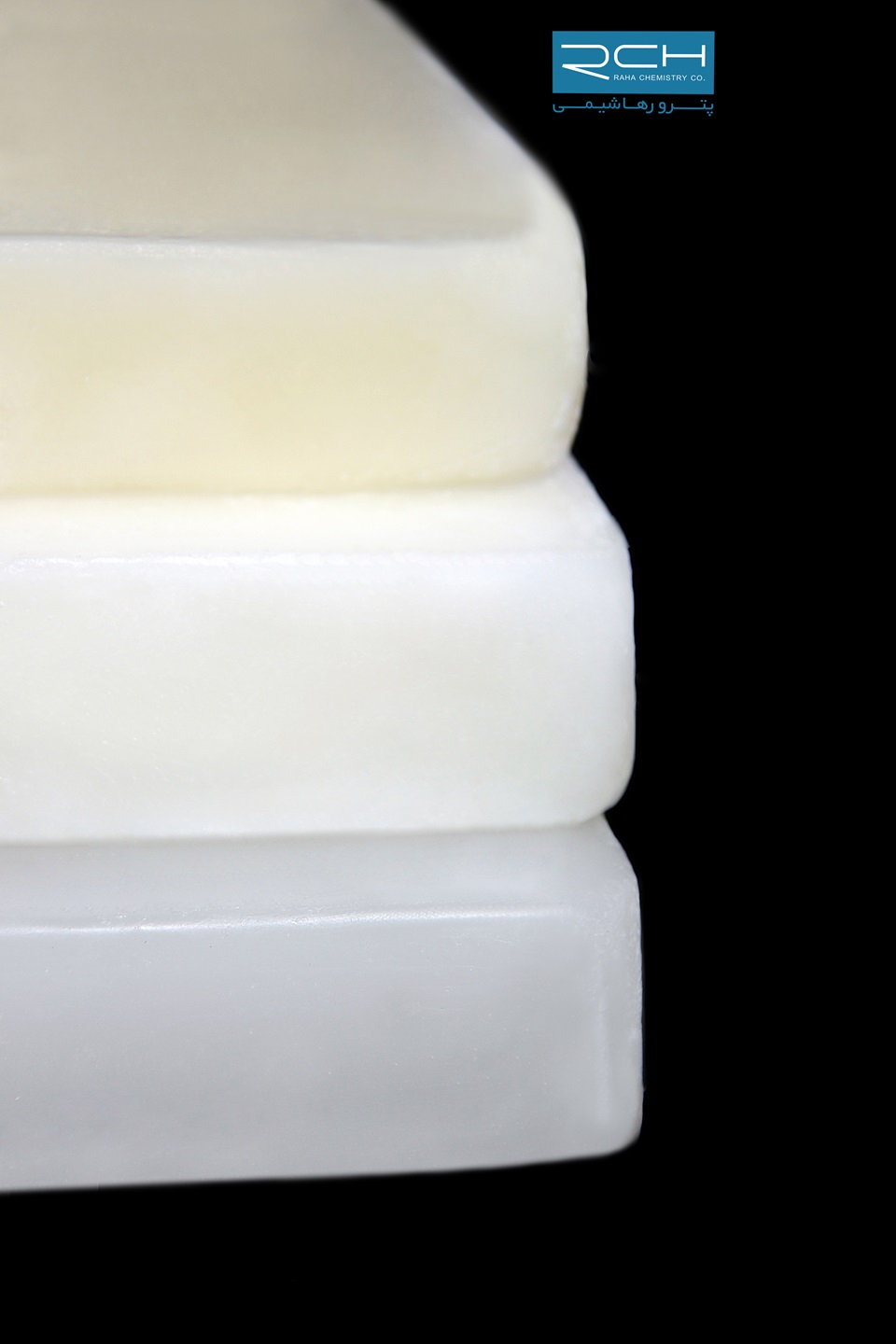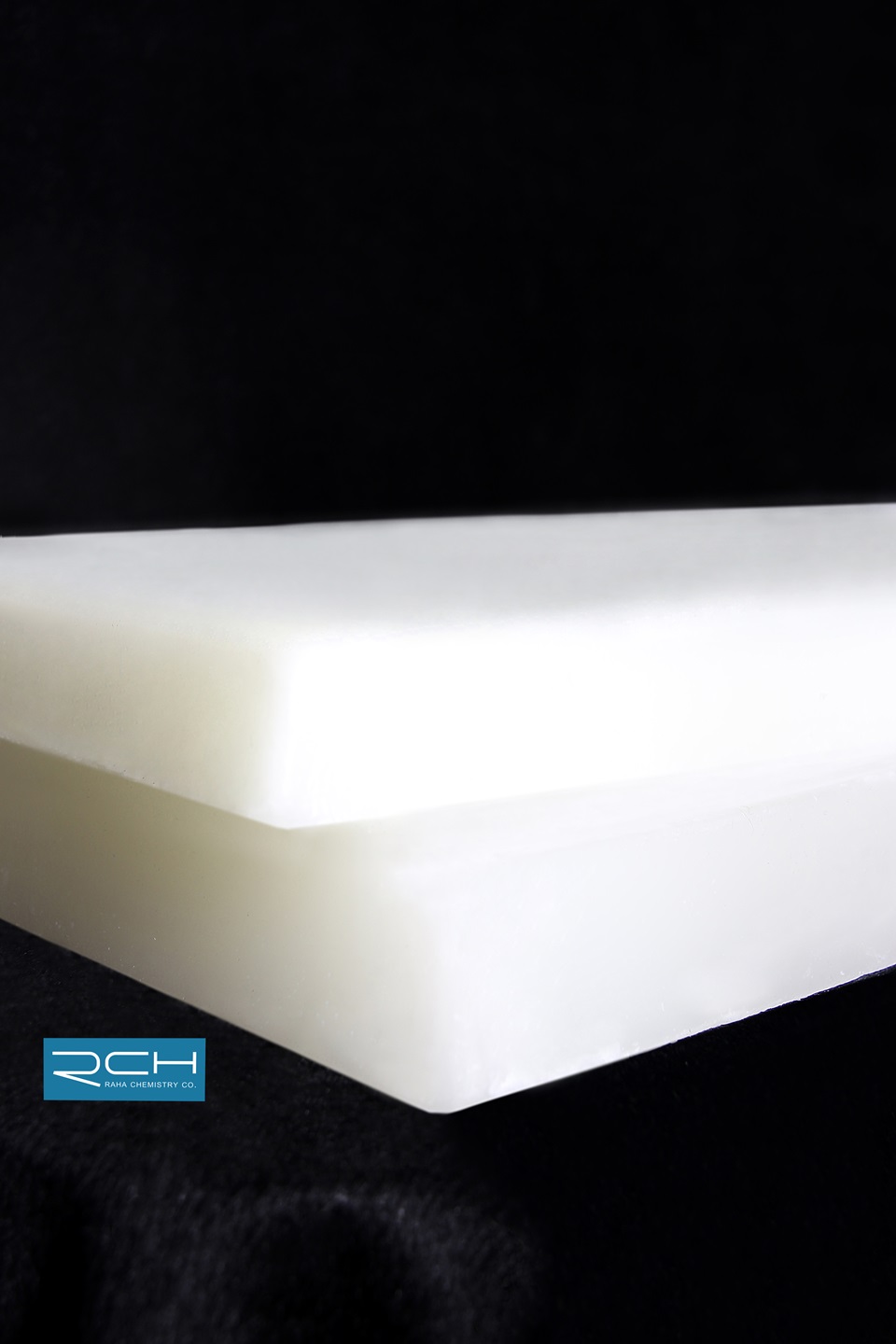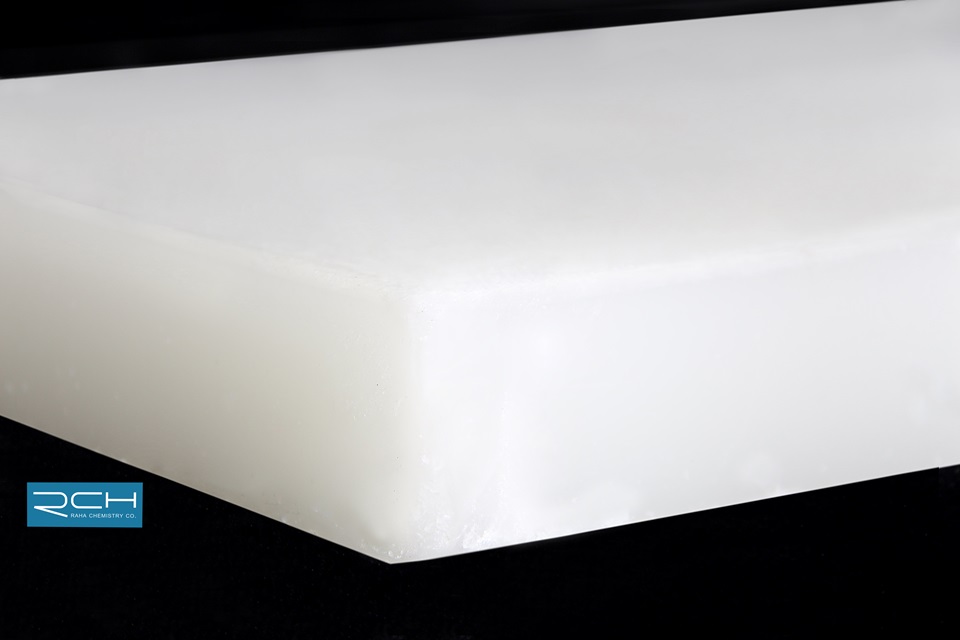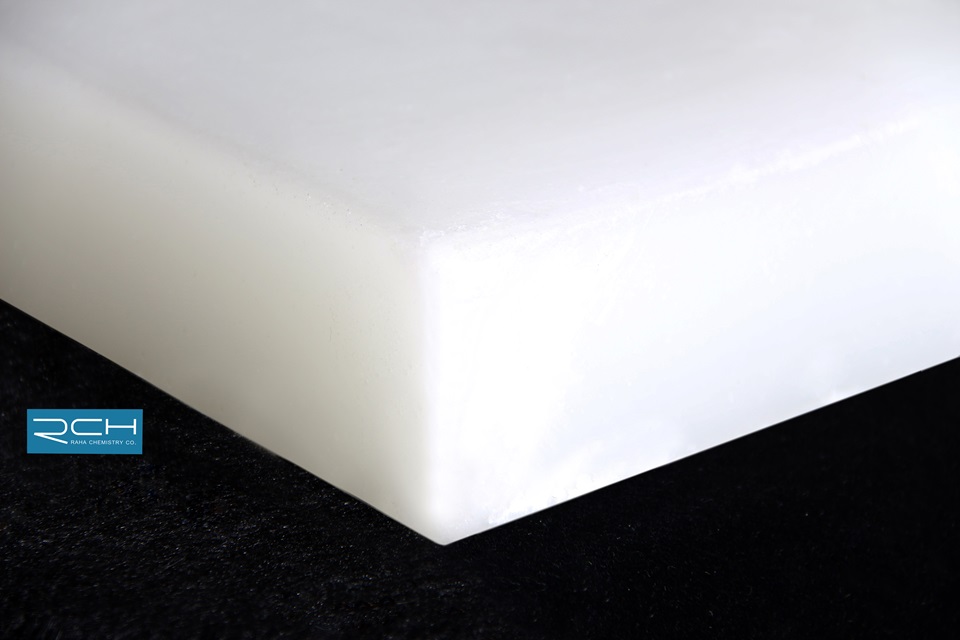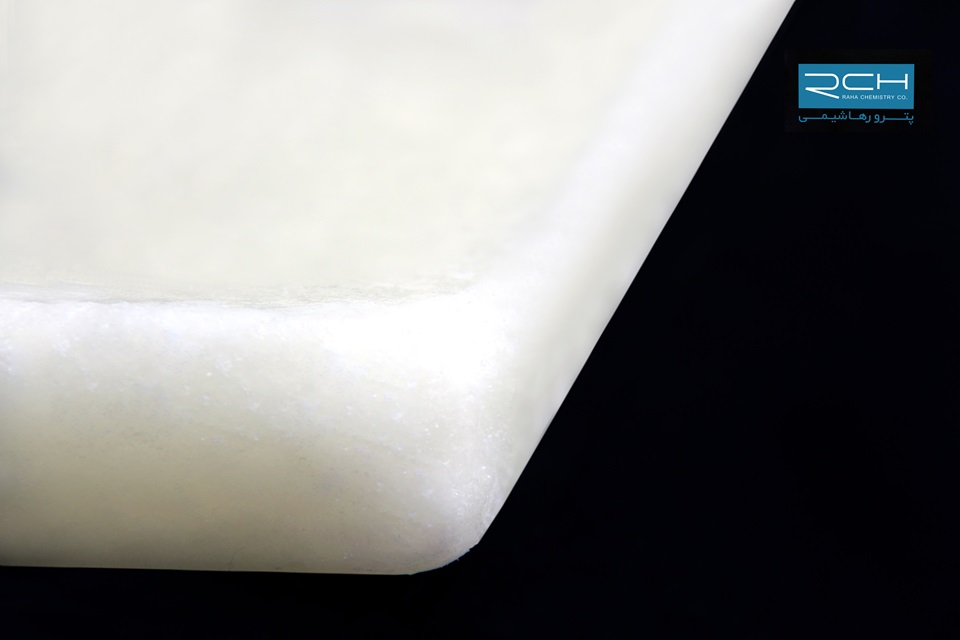Heavy Solid Paraffin: A Versatile Product for Industrial Applications
Heavy solid paraffin is a petroleum derivative produced through the refining of crude oil. With its unique molecular structure and outstanding physical and chemical characteristics, this material finds extensive applications across various industries. At room temperature, it appears as a solid, colorless or white substance, and its distinct properties make it a vital component in the production of candles, electrical insulation, pharmaceutical products, and cosmetics.
Physical and Chemical Properties
Heavy solid paraffin consists of long-chain saturated hydrocarbons and typically has a melting point in the range of 58–60°C. Upon cooling, it solidifies between 50–55°C. It contains a relatively high oil content, contributing to increased hardness and brittleness. The material is odorless and tasteless and is available in both transparent and matte forms.
Types of Solid Paraffin
Solid paraffin can be categorized into various grades based on oil content and purity level. Heavier grades have higher oil content, which enhances their insulation and coating properties. On the other hand, lighter or crystalline grades typically have lower oil content and are better suited for the production of cosmetic and decorative candles.
Industrial Applications
Candle Manufacturing
Heavy solid paraffin, with its higher melting point and sufficient hardness, is ideal for producing durable candles that burn evenly.
Electrical Insulation
Due to its excellent insulating properties, it is used to coat electrical wires and cables to prevent current leakage.
Pharmaceutical Industry
This material is utilized in certain pharmaceutical formulations and therapeutic products, such as heat therapy ointments, serving as a solid base for active medicinal ingredients.
Food Industry
Heavy solid paraffin is employed in packaging and coating certain food products to protect them from moisture and air infiltration.
Cosmetic Products
In cosmetics, it acts as a softening and stabilizing agent in creams and lotions, helping to enhance texture and improve formulation stability.
Technical Considerations in Selection and Usage
To achieve optimal results with heavy solid paraffin, attention should be paid to oil content, melting point, and purity levels. For candle manufacturing, grades with lower oil content and higher purity are preferable for producing soot-free candles with smooth burning. For insulation applications, grades with high thermal resistance and adequate purity are ideal choices.
Conclusion
Heavy solid paraffin plays a vital role across a wide range of industries due to its unique combination of physical and chemical properties. By carefully understanding the various grades available and selecting the most appropriate type for specific applications, manufacturers can improve the quality of final products and enhance production efficiency.

